How do you know if a used car dealership is trustworthy?
February 25, 2012 7:13 PM Subscribe
How do you know if a used car dealership is trustworthy? February 25, 2012 7:13 PM Subscribe Should I even bother looking for a car at a dealership? If so, how can I tell which dealerships will try to rip me off? I'm in the market for a new-to-me car, hoping to get something reasonable for around $5500. The first and last time I went to a car dealership to help a friend find a car about six months ago, they put us in this POS with a $5000 sticker on it. We drove it to a mechanic who said "This car was put together out of a junkyard. It has been in numerous accidents. Do not buy this car." I find that absolutely unacceptable. Knowing that dealerships will do this, why would anyone try to buy a car at one? What are good reasons for me to poke around a lot? How do I know if a dealership is trying to slip me a 3-accident corolla at the same price as a decent shaped one? posted by rebent to Shopping (19 answers total) 4 users marked this as a favorite I haven't bought that many cars in my life, but I have had the best luck at new-car dealerships with good used inventory, rather than exclusively used-car dealers. I would never go to a used-car dealer. Most dealerships list their inventory online now, so you can look for what you want and then go check it out. This also gives you a chance to run a Carfax report, since they usually list VIN numbers too. Carfax will at least tell you if the car has been totaled, if nothing else. Also, look beyond the brand that you want to buy; I got a used Nissan Altima from a Ford dealer once, and it was a great car. posted by cabingirl at 7:28 PM on February 25, 2012 [1 favorite] You know by doing what you did; taking the car to a 3rd party mechanic. Car buying sucks, but pre defined criteria helps beyond a set price range. posted by oceanjesse at 7:35 PM on February 25, 2012 It'd be hard to find one that didn't. Used cars generate major profits. That, and in the US the average age of cars on the road is rising. There is a shortage of used cars now, and the prices reflect that. It is not a good time to buy a used car. posted by narcoleptic at 7:37 PM on February 25, 2012 I've always found it useful to have a relationship with a car dealer. After twenty years in my community, working with the same dealer, the same sales person, I was able to purchase both new and used cars with a phone call, and trust I would get a decent car, a good price, and excellent service. It takes a while to develop that type of relationship, and, if you're new to purchasing cars, the best way might be to find someone who's already done that legwork (a relative, friend, boss, someone a bit older who has taken this route). Get a recommendation from someone local, ask them to make an introduction to a dealer/sales person that wants both their continued business, as well as yours. Not every dealer is out to shaft you. posted by HuronBob at 7:39 PM on February 25, 2012 [3 favorites] I just went through buying a used car, albeit my budget was significantly higher. The $5000-7000 range is quite tough. Lots of people want to get cars under $10K and as a result there are slim pickings. I ended up test roughly 12 driving cars at six different dealerships, and took two to my mechanic. The ones that I drove and decided against were either not to my liking (model, year, mileage or price) or had obvious issues. For instance: I drove a Nissan Frontier that was way off in alignment, indicating to me that it was either wrecked or not well taken care of. Of the two I took to my mechanic, the first was a no go. Mechanic found that the front end had been largely replaced, and there were some obvious defects with the repair. Not that it would help you, but the car I ended up buying was a certified pre-owned with a clean history and no issues at the mechanic. Then again, it was a $15K car. There are no certified pre-owned cars at $5K. With a car in your price range, expect to have to go to multiple dealerships. Beware any dealership that refuses to let you take a car to your mechanic. If the salesman are extra-pushy, feel free to walk away. Google "car salesman scams" and read up. The Consumerist has a lot of excellent articles. Read anything thoroughly before signing. posted by Mister Fabulous at 8:05 PM on February 25, 2012 You can't. Look, even at a good dealership, the sales person you work with might not know a damn thing about cars. Or even that particular car. The car is what the car is - almost all signs of trouble are there if you know how to find them. The quality of a dealership or salesperson is almost entirely unimportant in light of that fact. You need to rely on your own trusted sources of information about cars to determine if a given price on a particular auto is a good deal or not. If that source is not you, then a good mechanic is invaluable. But you need to assume that the dealership and the salesperson is unreliable and work from that. Even if you can assume that the salesperson is honest and helpful, you still need to be on your guard. Mistakes - honest to god mistakes - happen all the time. Typos on contracts, lost paperwork, etc, etc. So, even if you have an angel as your sales dude, you still need to watch the entire process closely. So, if you are unsure or whatever about a given car - it's fine! Time is on your side. Walk away and think about it. Look up that model and year on the internet. Learn more. The world is chock full of cars, and I promise they will make more. So, go do some research and shop around and get a good feel for whats available at your price point. I know a ton about cars and I would spend at least a week, and probably closer to a month shopping. So, take your time, and don't be pressured to buy if you're not satisfied with the purchase. posted by Pogo_Fuzzybutt at 8:48 PM on February 25, 2012 [2 favorites]
Should I even bother looking for a car at a dealership? If so, how can I tell which dealerships will try to rip me off?
I'm in the market for a new-to-me car, hoping to get something reasonable for around $5500.
The first and last time I went to a car dealership to help a friend find a car about six months ago, they put us in this POS with a $5000 sticker on it. We drove it to a mechanic who said "This car was put together out of a junkyard. It has been in numerous accidents. Do not buy this car."
I find that absolutely unacceptable. Knowing that dealerships will do this, why would anyone try to buy a car at one? What are good reasons for me to poke around a lot? How do I know if a dealership is trying to slip me a 3-accident corolla at the same price as a decent shaped one?
You know by doing what you did; taking the car to a 3rd party mechanic. Car buying sucks, but pre defined criteria helps beyond a set price range.
posted by oceanjesse at 7:35 PM on February 25, 2012
It'd be hard to find one that didn't. Used cars generate major profits. That, and in the US the average age of cars on the road is rising. There is a shortage of used cars now, and the prices reflect that. It is not a good time to buy a used car.
posted by narcoleptic at 7:37 PM on February 25, 2012
I've always found it useful to have a relationship with a car dealer. After twenty years in my community, working with the same dealer, the same sales person, I was able to purchase both new and used cars with a phone call, and trust I would get a decent car, a good price, and excellent service. It takes a while to develop that type of relationship, and, if you're new to purchasing cars, the best way might be to find someone who's already done that legwork (a relative, friend, boss, someone a bit older who has taken this route). Get a recommendation from someone local, ask them to make an introduction to a dealer/sales person that wants both their continued business, as well as yours.
Not every dealer is out to shaft you.
posted by HuronBob at 7:39 PM on February 25, 2012 [3 favorites]
I just went through buying a used car, albeit my budget was significantly higher. The $5000-7000 range is quite tough. Lots of people want to get cars under $10K and as a result there are slim pickings.
I ended up test roughly 12 driving cars at six different dealerships, and took two to my mechanic. The ones that I drove and decided against were either not to my liking (model, year, mileage or price) or had obvious issues. For instance: I drove a Nissan Frontier that was way off in alignment, indicating to me that it was either wrecked or not well taken care of. Of the two I took to my mechanic, the first was a no go. Mechanic found that the front end had been largely replaced, and there were some obvious defects with the repair.
Not that it would help you, but the car I ended up buying was a certified pre-owned with a clean history and no issues at the mechanic. Then again, it was a $15K car. There are no certified pre-owned cars at $5K.
With a car in your price range, expect to have to go to multiple dealerships. Beware any dealership that refuses to let you take a car to your mechanic. If the salesman are extra-pushy, feel free to walk away. Google "car salesman scams" and read up. The Consumerist has a lot of excellent articles. Read anything thoroughly before signing.
posted by Mister Fabulous at 8:05 PM on February 25, 2012
You can't.
Look, even at a good dealership, the sales person you work with might not know a damn thing about cars. Or even that particular car. The car is what the car is - almost all signs of trouble are there if you know how to find them.
The quality of a dealership or salesperson is almost entirely unimportant in light of that fact.
You need to rely on your own trusted sources of information about cars to determine if a given price on a particular auto is a good deal or not. If that source is not you, then a good mechanic is invaluable. But you need to assume that the dealership and the salesperson is unreliable and work from that.
Even if you can assume that the salesperson is honest and helpful, you still need to be on your guard. Mistakes - honest to god mistakes - happen all the time. Typos on contracts, lost paperwork, etc, etc. So, even if you have an angel as your sales dude, you still need to watch the entire process closely.
So, if you are unsure or whatever about a given car - it's fine! Time is on your side. Walk away and think about it. Look up that model and year on the internet. Learn more. The world is chock full of cars, and I promise they will make more. So, go do some research and shop around and get a good feel for whats available at your price point.
I know a ton about cars and I would spend at least a week, and probably closer to a month shopping. So, take your time, and don't be pressured to buy if you're not satisfied with the purchase.
posted by Pogo_Fuzzybutt at 8:48 PM on February 25, 2012 [2 favorites]
I'm in the market for a new-to-me car, hoping to get something reasonable for around $5500.
The first and last time I went to a car dealership to help a friend find a car about six months ago, they put us in this POS with a $5000 sticker on it. We drove it to a mechanic who said "This car was put together out of a junkyard. It has been in numerous accidents. Do not buy this car."
I find that absolutely unacceptable. Knowing that dealerships will do this, why would anyone try to buy a car at one? What are good reasons for me to poke around a lot? How do I know if a dealership is trying to slip me a 3-accident corolla at the same price as a decent shaped one?
posted by oceanjesse at 7:35 PM on February 25, 2012
posted by narcoleptic at 7:37 PM on February 25, 2012
Not every dealer is out to shaft you.
posted by HuronBob at 7:39 PM on February 25, 2012 [3 favorites]
I ended up test roughly 12 driving cars at six different dealerships, and took two to my mechanic. The ones that I drove and decided against were either not to my liking (model, year, mileage or price) or had obvious issues. For instance: I drove a Nissan Frontier that was way off in alignment, indicating to me that it was either wrecked or not well taken care of. Of the two I took to my mechanic, the first was a no go. Mechanic found that the front end had been largely replaced, and there were some obvious defects with the repair.
Not that it would help you, but the car I ended up buying was a certified pre-owned with a clean history and no issues at the mechanic. Then again, it was a $15K car. There are no certified pre-owned cars at $5K.
With a car in your price range, expect to have to go to multiple dealerships. Beware any dealership that refuses to let you take a car to your mechanic. If the salesman are extra-pushy, feel free to walk away. Google "car salesman scams" and read up. The Consumerist has a lot of excellent articles. Read anything thoroughly before signing.
posted by Mister Fabulous at 8:05 PM on February 25, 2012
Look, even at a good dealership, the sales person you work with might not know a damn thing about cars. Or even that particular car. The car is what the car is - almost all signs of trouble are there if you know how to find them.
The quality of a dealership or salesperson is almost entirely unimportant in light of that fact.
You need to rely on your own trusted sources of information about cars to determine if a given price on a particular auto is a good deal or not. If that source is not you, then a good mechanic is invaluable. But you need to assume that the dealership and the salesperson is unreliable and work from that.
Even if you can assume that the salesperson is honest and helpful, you still need to be on your guard. Mistakes - honest to god mistakes - happen all the time. Typos on contracts, lost paperwork, etc, etc. So, even if you have an angel as your sales dude, you still need to watch the entire process closely.
So, if you are unsure or whatever about a given car - it's fine! Time is on your side. Walk away and think about it. Look up that model and year on the internet. Learn more. The world is chock full of cars, and I promise they will make more. So, go do some research and shop around and get a good feel for whats available at your price point.
I know a ton about cars and I would spend at least a week, and probably closer to a month shopping. So, take your time, and don't be pressured to buy if you're not satisfied with the purchase.
posted by Pogo_Fuzzybutt at 8:48 PM on February 25, 2012 [2 favorites]



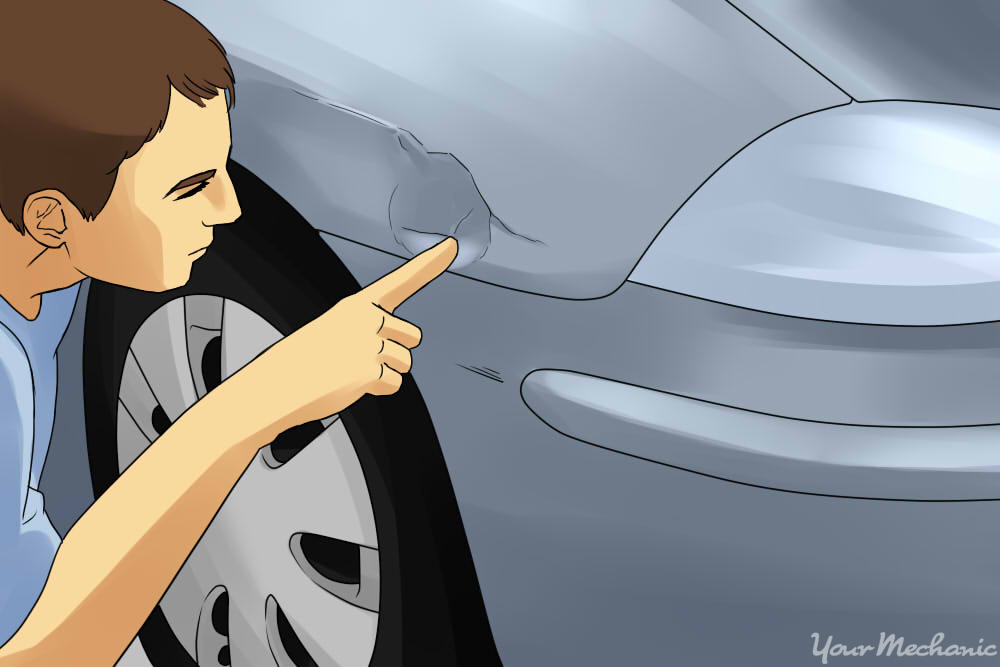
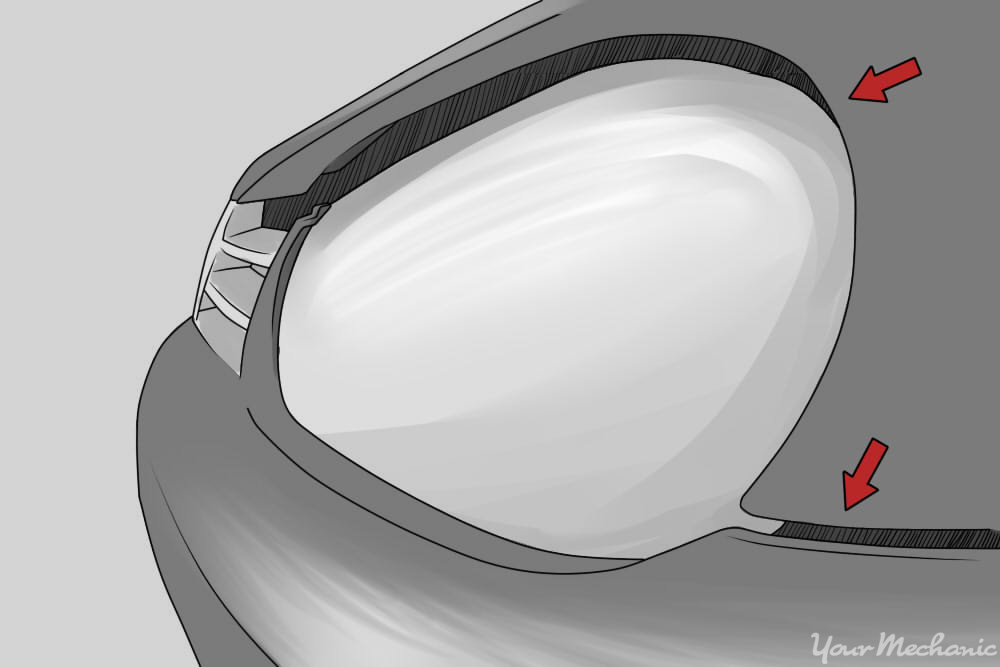



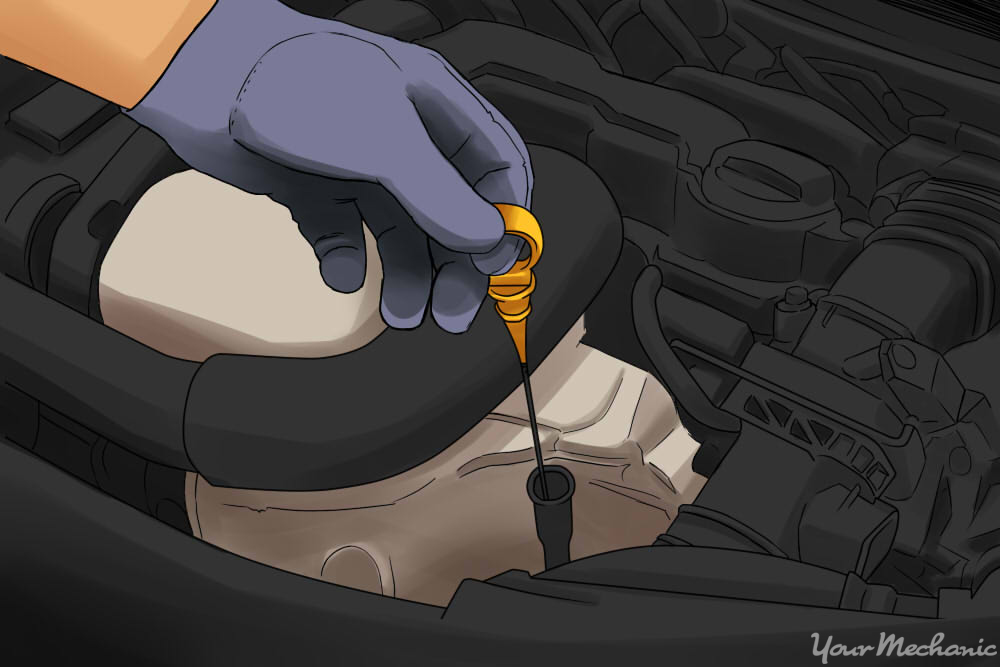
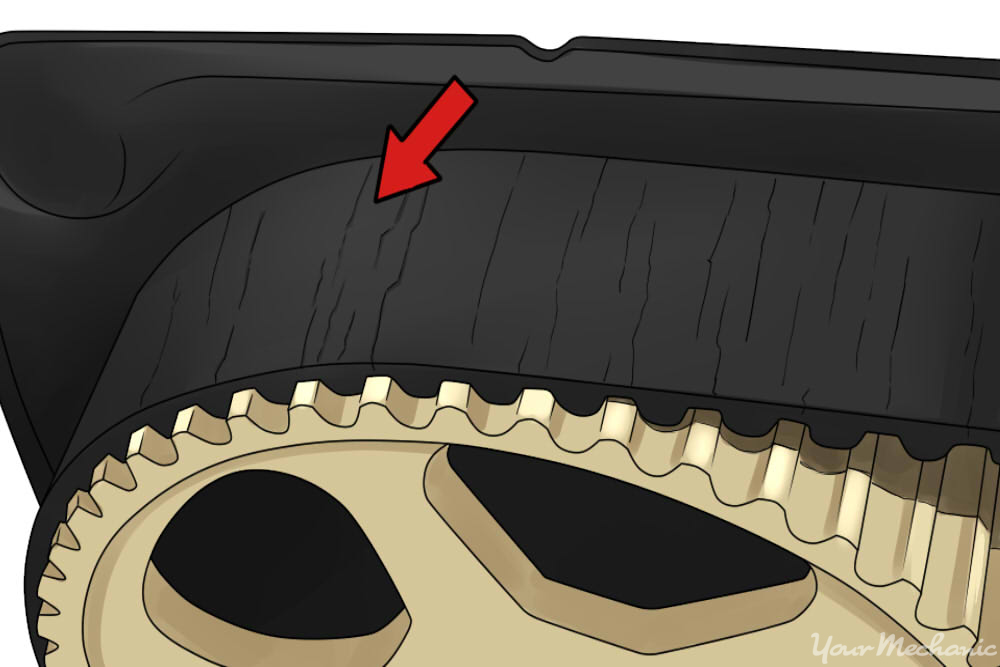
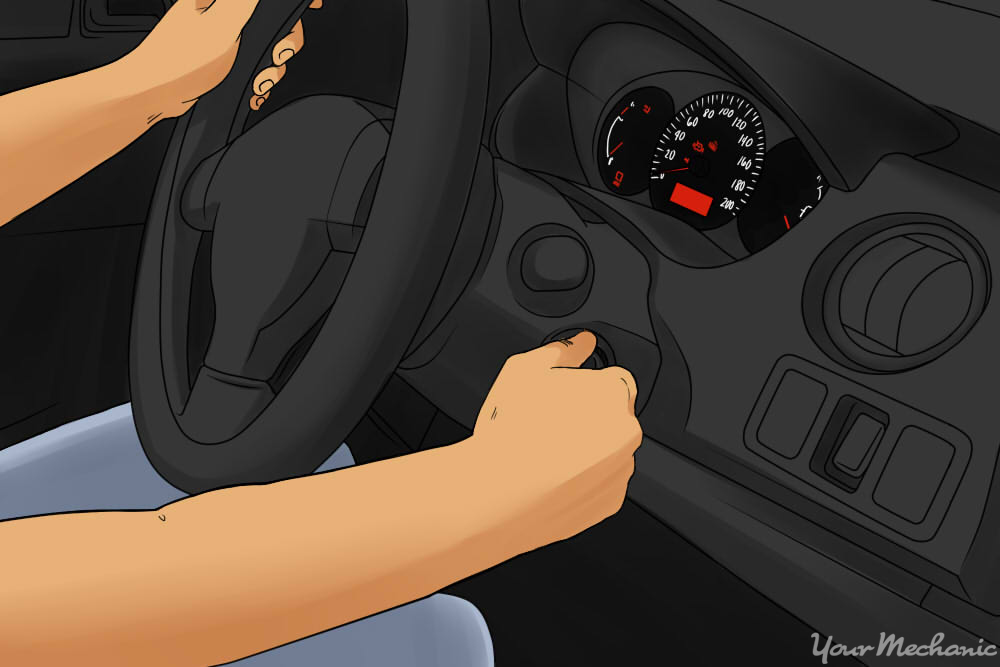
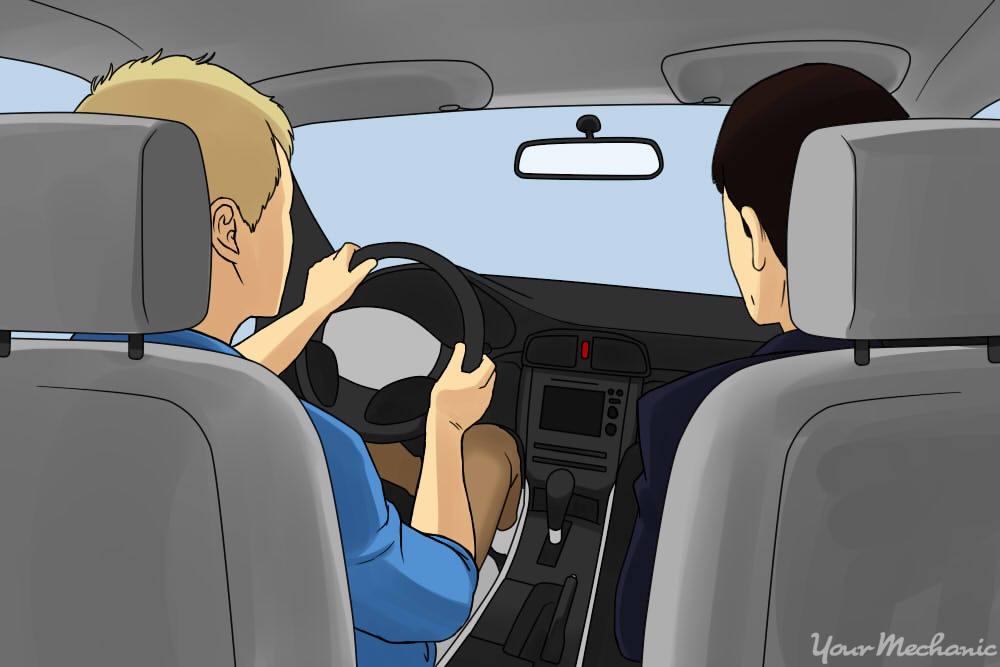




Most dealerships list their inventory online now, so you can look for what you want and then go check it out. This also gives you a chance to run a Carfax report, since they usually list VIN numbers too. Carfax will at least tell you if the car has been totaled, if nothing else.
Also, look beyond the brand that you want to buy; I got a used Nissan Altima from a Ford dealer once, and it was a great car.
posted by cabingirl at 7:28 PM on February 25, 2012 [1 favorite]